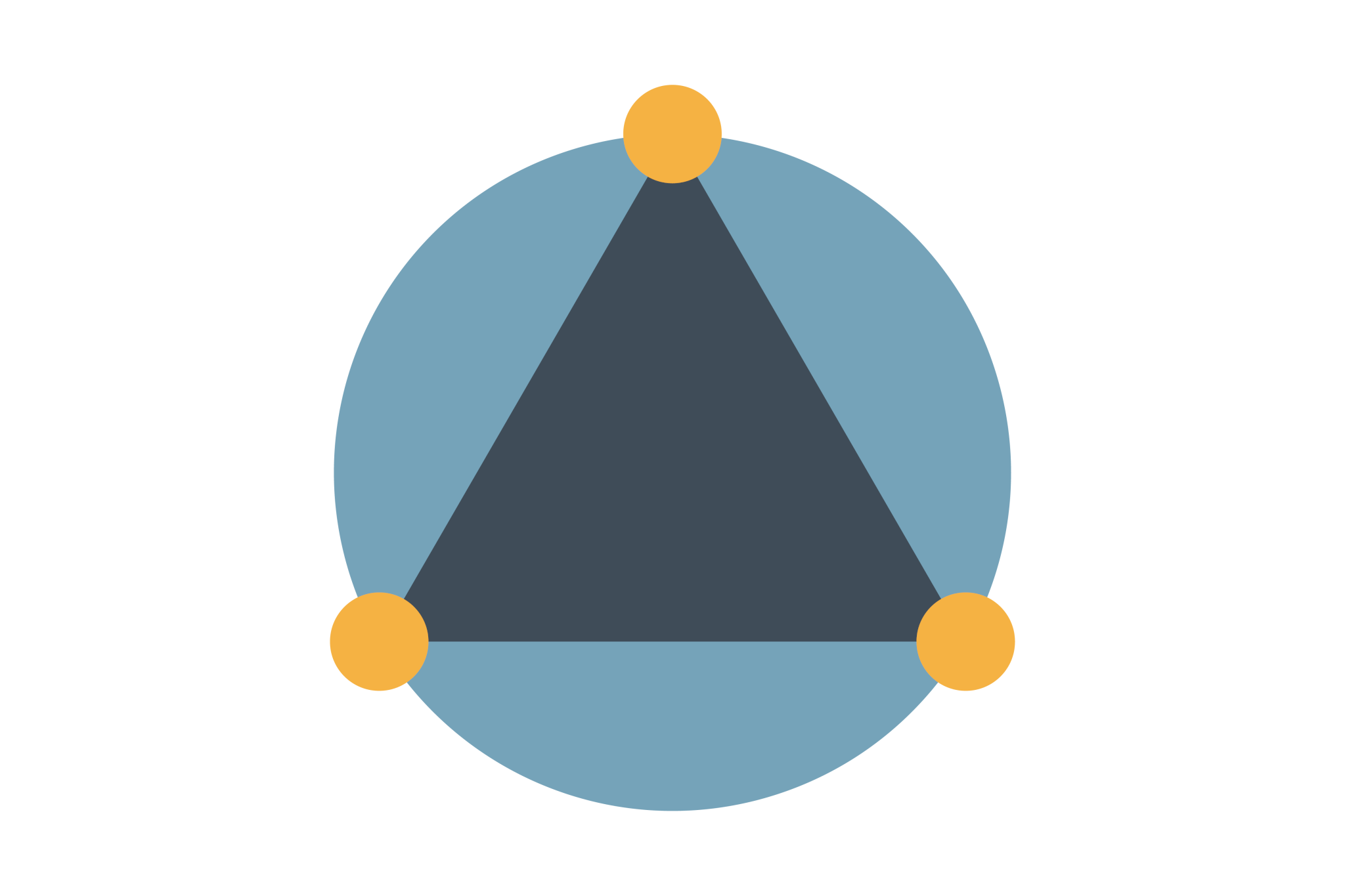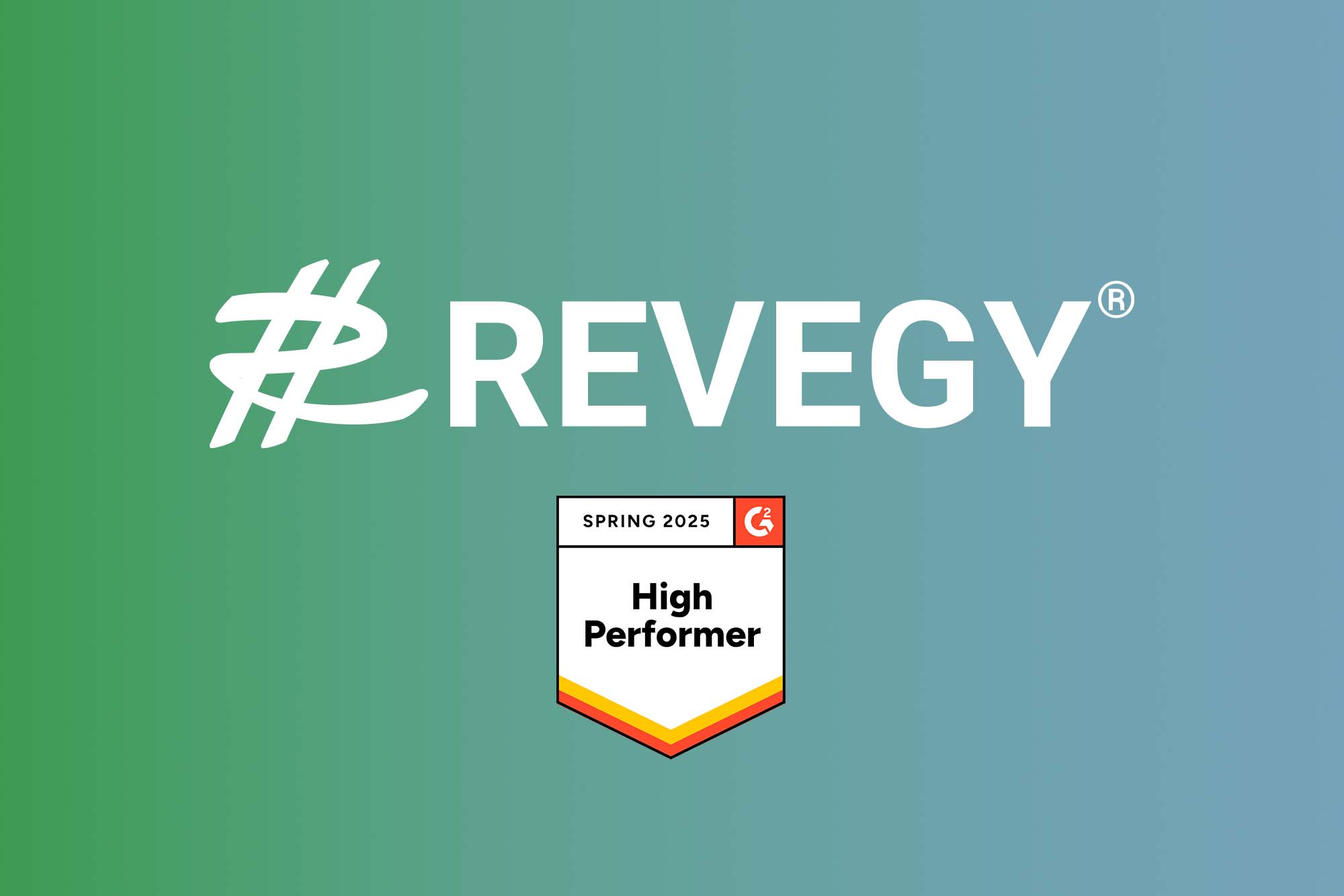It’s the March Madness forecast bracket! The seeding is done, you’ve done your research, your brackets are pristine, and you’re ready for the tournament. You’ve placed your bets, and you’re looking forward to an influx of cash. You settle in to watch the first teams go head-to-head. At the end of the first day of play, your bracket is already blown. Bye, bye moolah.
Sales forecasting can feel the same way. We have all forecasted a whale that fell through in the 11th hour. Your “bracket” was blown by one single deal. Can we all agree to never, ever do that again?
We don’t deny forecasting is difficult. But it doesn’t have to blow up in your face.
Forecasting is Not Just About Numbers
It’s easy to see why people might think forecasting is all science. We all know that forecasting gets muddied by reps sandbagging deals, which ultimately hinders your ability to do revenue planning. This is especially important at the enterprise level. Having to Closed-Lost a gigantic sale could put revenue planning in jeopardy.

However, in a recent webinar on intelligent forecasting, we polled the audience about the existence of mutual plans. No surprise – the use of mutual plans is inconsistent across organizations.
Does Your Organization Use Mutual Plans?
Yes – 36%
No – 29%
Sometimes – 36%
Mutual plans are essential to forecasting because they help you stay in sync with the buyer. As a result, you know when a sale should close, you can get ahead of objections or hesitations, and you represent yourself as a true partner in the buying process.
Three Tips to Set Your March Madness Forecast Brackets with the Right Balance of Data and Intuition
- Use historical data. Many organizations find that revenue ebbs and flows on a cyclical basis. For example, a SaaS company plans for a decrease in sales at the end of the year because of the holiday slowdown. Knowing this can help prepare for those lulls in revenue by redirecting the sales team to increase engagement with key accounts and prospects during the first three quarters of the year.
- Improve visibility into key accounts. Anyone can throw a number out based on past sales and hope it sticks. The most successful sales leaders take it a step further. Their sales forecast is far more accurate because they have deeper visibility into key accounts and opportunities. Understanding the objectives your largest accounts are seeking to achieve, you can work with them as a partner to build a compelling business case that will help them achieve their goals. Everyone wins – they solve a problem, you grow revenue, and executive management can more confidently approach business planning.
- Organization and repeatability. No matter how many accounts your sales organization is working with, having a repeatable, collaborative process helps you quickly see where your team is winning and where you need to drop in and provide coaching. You can also weed out the opportunities that are wasting your sales reps’ time more quickly. A predictable, scalable sales planning process is a must-have for achieving predictable revenue growth and forecasting.








